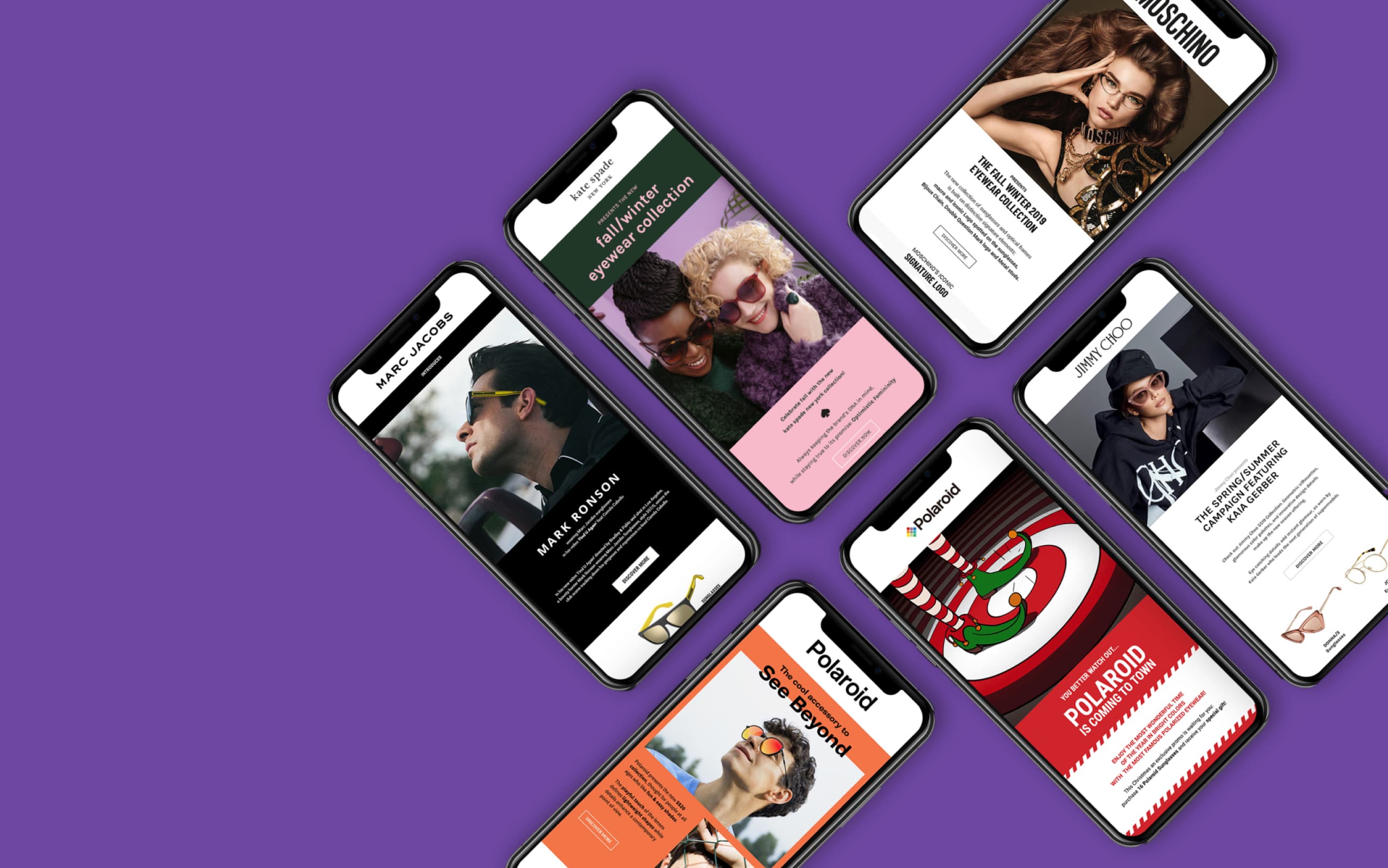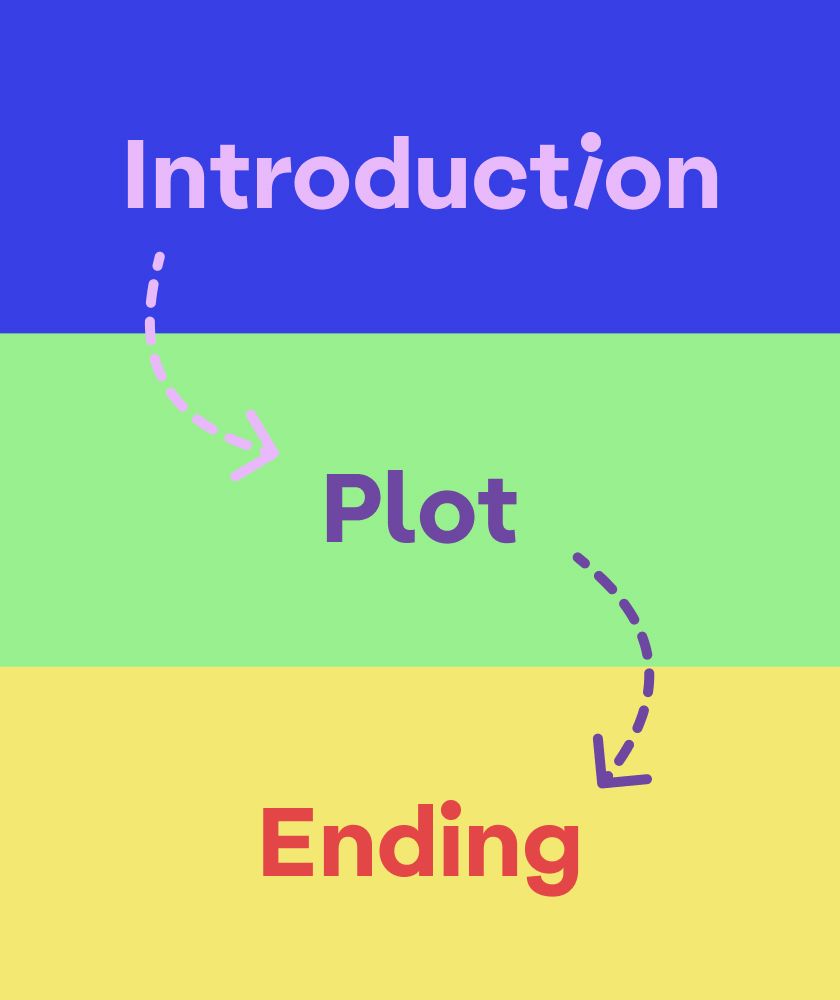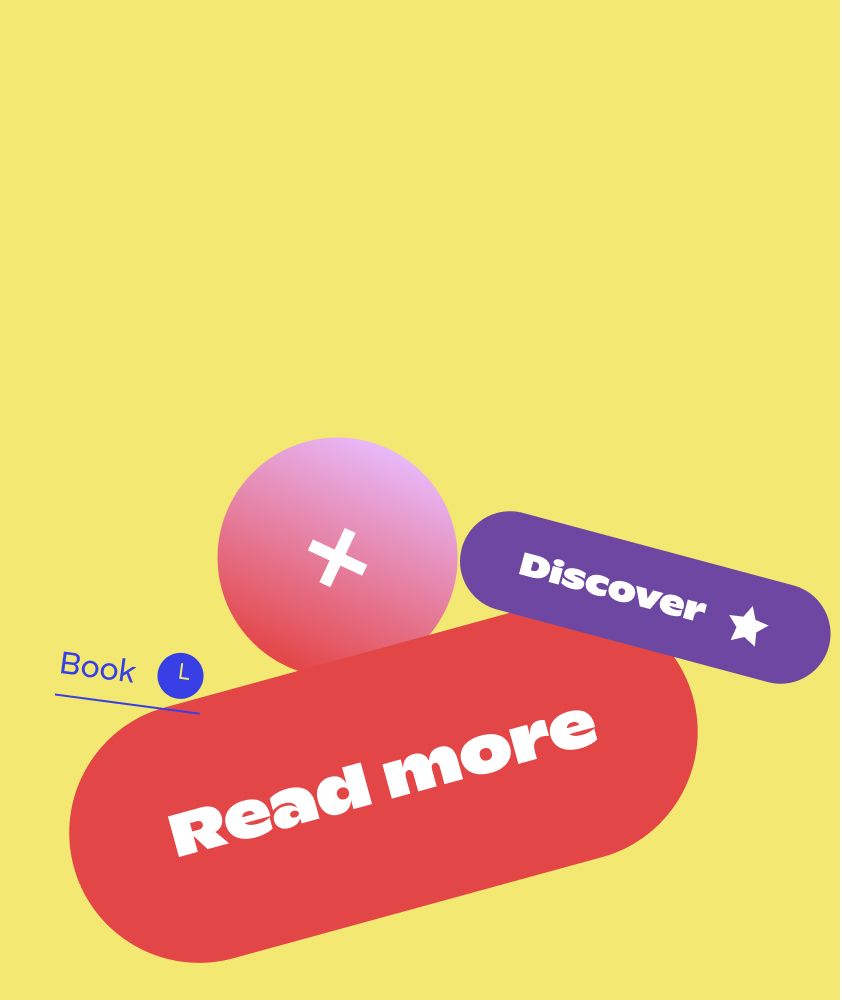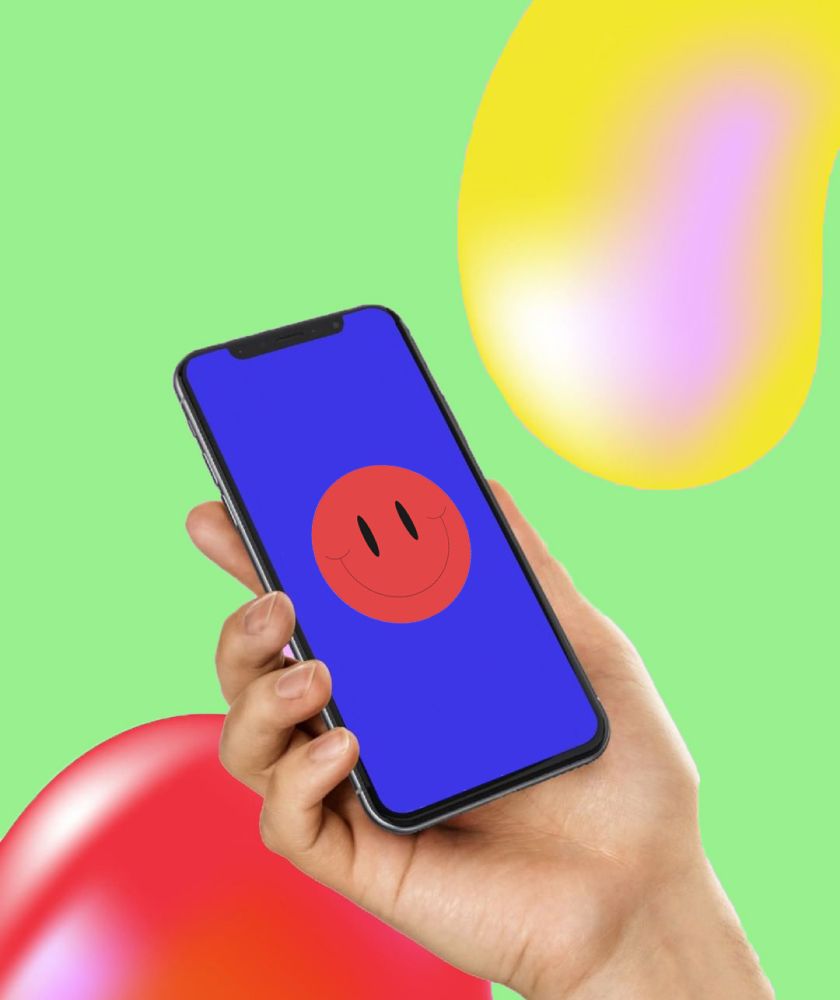Newsletters work. They really do. They can speed up the sales process and create a bond with your customers within just a few links. However, how to write an effective newsletter in a world full of examples of effective newsletters?

Newsletters work. They really do. They can speed up the sales process and create a bond with your customers within just a few links. However, how to write an effective newsletter in a world full of examples of effective newsletters?
It is a universally acknowledged truth: social media offers endless possibilities to reach consumers. Reels, Stories, carousels, stickers, polls... The tools at our disposal are so many that for a long time we believed they met all our needs. But they don't.
Without a doubt, social media reach a very large number of people. However, they are not always the ideal channel to engage with those interested in your brand. Newsletters, on the other hand, provide you with the direct and immediate thread you need.
Unlike users affected by one of your social media adverts, your newsletter subscribers have voluntarily decided to stay updated on your product. This desire, this explicit request for information, is what turns the newsletter into the valuable medium that it is.
Email marketing gives you the opportunity to open a dialogue, to promote new offers and to show your subscribers a glimpse into your corporate culture. As a result, it functions as the perfect channel to drive engagement, build customer loyalty and even awaken attention in phantom consumers.
How to write an effective newsletter
Not all newsletters, however, have such magical powers. So what does it take to take your emails to another level? How to write a newsletter that not only gets opened and read, but also leads consumers to continue following your brand? Let's look together at the essentials of your next effective newsletter.
1. Readability
Everyone does it: at a single glance we decide whether the web content we are reading interests us or not.
This is determined by the way we use web content. Whereas in front of a paper medium our eye tends to read, in front of a screen we are much more inclined to explore. Literally. In order to understand whether or not there is the information we are looking for in a handful of lines, we scan the content, lingering over headings, bold or bulleted lists. We look for any contrivance to facilitate our reading.

Basically, we make sure that the content is readable, that it is capable of getting the message across with as little friction as possible. Therefore, it is up to you to make the content more usable for everyone who reads it. Make it easy for your readers by creating short paragraphs, use bulleted or numbered lists, make use of quotes and links.
2. Storytelling
Briefness always works. However, this should not be achieved at the expense of the experience you offer with that content.
Think of your newsletter like a story that needs an introduction, a plot and an ending to be told. In the introduction, you will involve the user by giving him/her a foretaste of the topic; with the storyline, you will describe the product and explain its functions; in the end, you will make the offer explicit with a call to action.

3. Call to action
Telling a story is necessary, but do not forget the business objectives you must pursue with your newsletter. In order to achieve these goals, you must both clearly present what your brand has to offer and facilitate the user in discovering it.
Guide readers to the offers and services you want to promote through clear and concise call-to-actions. Use these to encourage readers to contact your sales team, sign up for a webinar or follow your company's social profiles for other updates.

Pay particular attention to CTAs. In addition to keeping them brief, design them into a button: you want your readers to immediately understand what they will get by clicking on them.
Once the foundations have been laid, it is time to build. Now let's think about the details: what other actions will make your next mailing into effective newsletter examples? We will summarise these below.
4. Prioritize mobile
It's no secret, most content is consumed from mobile devices. Your newsletter should therefore have few images; the colour scheme will not overload the text but on the contrary will make it more readable; the email template will easily adapt to any type of screen, whether it is a smartphone or a tablet.

5. Enhance the subject line
The subject line of your newsletter is like a battering ram. It must be designed to break through the indifference of the recipient and break through many other communications to attract the attention of the potential reader. Because even if your subscribers subscribe to your emails, there is no guarantee that they will actually open them or read them. The question is where to start, then? Make sure your email subject line is personalised, short, valuable.
Also consider testing different subject lines (first with a funny tone of voice, then with a more serious tone) to see what will work best with your audience.

6. Be informative
Many brands send out newsletters with the sole purpose of communicating offers, discounts and promotions. An excessive number of e-mails aimed exclusively at sales, however, annoys customers. Imagine if your friends only contacted you when they needed money: you would start ignoring them.
The same applies to e-mails. If you plan to send only sales-related newsletters, you risk 'offer fatigue'. Your potential customers might start to stop opening your e-mails and even unsubscribe.

Try instead to balance your newsletter content and create value in your customers' lives. Send emails with educational or informational content and reserve sales emails for communicating offers that are truly beneficial. The advice we give you is to have 90 per cent educational content, and only 10 per cent purely promotional emails.
Email newsletters are an inexpensive way to reach customers and prospects. A good newsletter can speed up the sales process and foster a deeper connection with your followers, making it an extremely valuable part of your overall marketing strategy. With the above advice, the question "How to write an effective newsletter?" should be settled in your head by now. However, in case you still have doubts, or simply want to talk about this topic again, we are here!

